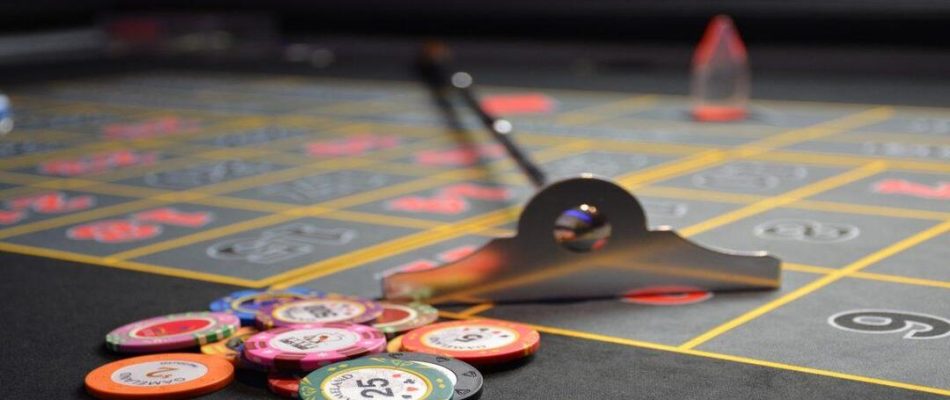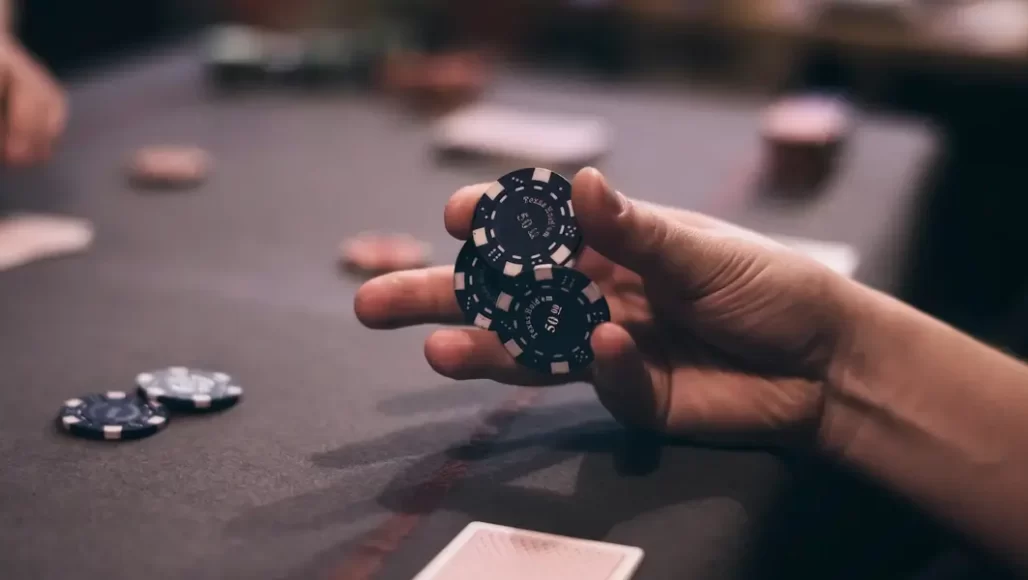How Does Rake Work in Poker: A Full Guide

Poker, a game of skill and strategy, has captivated millions around the globe. Whether played in smoky back rooms, high-stakes tournaments, or alongside games like craps and slots, the allure of poker lies in its blend of psychology, mathematics, and the thrill of the unknown.
However, one aspect that often eludes many players, especially beginners, is the concept of “rake.” In this review, we will explore how rake works in poker, demystify the rake poker term, and provide insights into rake in gambling. We will also touch upon the lowest rake poker sites for those looking to maximize their returns.
What is Rake in Poker?
In the simplest terms, rake is the commission fee that a poker room takes from each pot. This fee is the primary revenue source for poker operators, whether they are online platforms or brick-and-mortar casinos. Understanding how rake works in poker is crucial for any player, as it directly impacts profitability.
In live poker rooms, dealers collect the rake directly from the pot. In online poker, the rake is automatically deducted by the software. Some poker rooms might offer rake-free promotions or reduced rake for frequent players, making it beneficial to understand and take advantage of such offers. Additionally, some online platforms provide rakeback deals, where a portion of the rake paid is returned to the player, enhancing their overall profitability.
How Does Rake Work in Poker?

Rake can be collected in various ways, but the most common methods include:
- Pot Rake: The poker room takes a percentage of the pot during each hand. This is usually between 2.5% and 10%, with a capped maximum amount to ensure fairness. For instance, a room might cap the rake at $5 per hand, regardless of the pot size.
- Tournament Fees: In poker tournaments, the rake is usually a fixed fee added to the buy-in. For example, a tournament with a $100 buy-in might charge an additional $10 as the rake, meaning players pay $110 to enter.
- Timed Collection: Some poker rooms charge rake based on time, particularly in high-stakes games. Players pay a set fee for every half-hour or hour they spend at the table.
The Impact of Rake on Players
Understanding rake poker term and its implications can make a significant difference to a player’s bankroll. A high rake can erode profits, making it harder for players to come out ahead in the long run. Conversely, a lower rake increases the chances of profitability. Here’s a closer look at how rake affects different types of players:
- Recreational Players: For those who play poker casually, rake might not seem like a big deal. However, even recreational players should be aware of the rake structure, as it affects their overall gaming experience.
- Serious Players: For regular or professional players, rake is a critical factor. These players often seek out the lowest rake poker sites to maximize their returns. Even a small percentage difference in rake can translate to substantial savings over time.
Finding the Lowest Rake Poker Sites

If you’re serious about poker, finding platforms with the lowest rake is essential. Here are some tips to help you identify the best options:
- Compare Rake Structures: Different sites have different rake structures. Some might offer lower percentages but have higher caps, while others might have no caps but slightly higher percentages. Evaluate these structures based on your playing style and stakes.
- Promotions and Bonuses: Some poker sites offer rakeback deals or bonuses that effectively reduce the rake. Look out for these promotions, as they can provide significant value.
- Player Reviews and Forums: Online poker communities are a great resource for finding the lowest rake poker sites. Sites like TwoPlusTwo and Reddit’s r/poker often have discussions and reviews that can guide you to the best platforms.
Rake in Gambling: A Broader Perspective
While our focus here is on poker, rake in gambling extends to other games as well. In games like blackjack or baccarat, the house edge functions similarly to rake, ensuring that the casino remains profitable over time. For instance, in craps, the house edge is built into the game’s rules and payout structures, subtly ensuring the casino’s profitability. Similarly, in slot machines, the house edge is embedded in the payout percentages and the design of the games.
Understanding the concept of rake in gambling can provide valuable insights into how casinos operate and how players can make informed decisions. Recognizing how different games incorporate their version of a rake or house edge helps players better manage their bankrolls and choose games that offer the best odds. By being aware of these mechanisms, players can approach gambling with a more strategic mindset, potentially enhancing their overall gaming experience.
Real-World Examples

To illustrate the impact of rake, let’s consider some real-world data. According to a study by PokerStrategy.com, an average online poker player might pay around $1500 in rake annually if they play low to mid-stakes regularly. For high-stakes players, this figure can exceed $10,000. However, by choosing the lowest rake poker sites, players can potentially reduce these amounts by up to 30%.
Conclusion
Rake is an integral part of the poker ecosystem, ensuring that poker rooms remain profitable while offering players a platform to test their skills. Understanding how does rake work in poker, familiarizing yourself with the rake poker term, and seeking out the lowest rake poker sites can significantly enhance your poker experience. By being informed and strategic, players can minimize the impact of rake, allowing them to enjoy the game while maximizing their returns.
Whether you’re a casual player or a seasoned pro, staying educated about rake in gambling is crucial. It empowers you to make better decisions, ultimately leading to a more enjoyable and profitable poker journey. So next time you sit down at a poker table, remember to consider the rake – it could be the difference between breaking even and coming out on top.
FAQ
Rake is the commission fee that a poker room takes from each pot or as a fee from tournament buy-ins. It’s the primary revenue source for poker operators.
Rake can be collected as a percentage of each pot, as a fixed fee added to tournament buy-ins, or as a timed fee based on the duration a player spends at the table.
Rake is how poker rooms generate revenue. It covers operational costs, including staff, software, and facilities, ensuring the poker room can continue to operate.
The rake usually ranges from 2.5% to 10% of the pot, often with a cap to prevent excessive charges. For example, a common cap might be $5 per hand.
Yes, rake directly impacts your profitability. Higher rake means less profit for the player, which is why it’s crucial to find poker rooms with lower rake.
Rakeback deals return a portion of the rake you paid back to you. They can significantly reduce the effective rake and are commonly offered by online poker sites as part of their promotions.
While rare, some poker sites may offer rake-free games as part of promotions or for certain stakes. However, these are typically temporary or specific to particular games or events.
Researching and comparing rake structures, reading player reviews, and looking for promotions and rakeback deals are effective ways to find the lowest rake poker sites.
Yes, there are several online bitcoin poker sites that allow you to make deposits and withdrawals with cryptocurrencies. These casinos typically support transactions with the top 20 coins. The advantages of such crypto poker sites include instant withdrawals, simplified KYC verification, and minimal country restrictions.